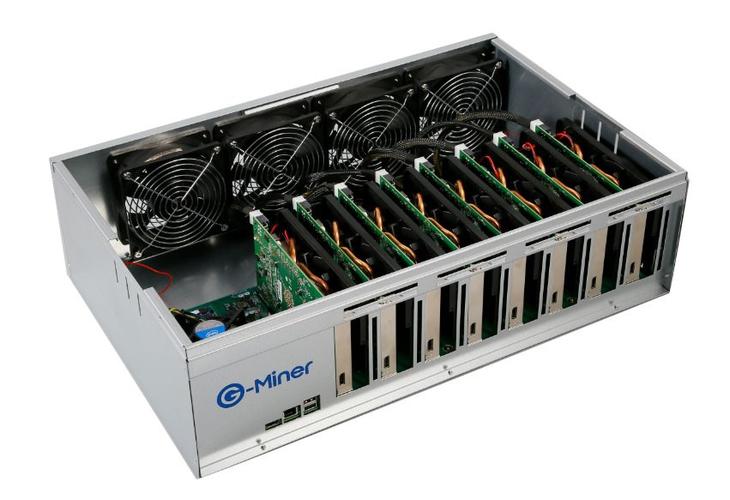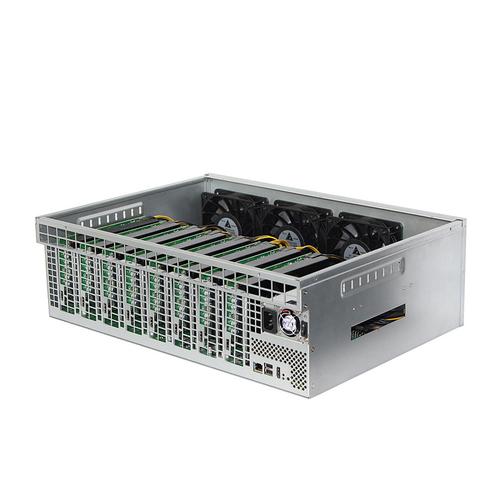
8 GPU Mining Rig: Eth Miner Graphics Card Machine – A Comprehensive Guide
Are you looking to dive into the world of Ethereum mining with a powerful rig? Look no further! In this article, we will delve into the details of an 8 GPU mining rig, specifically designed for Ethereum mining using graphics cards. We will explore the components, setup process, performance, and maintenance of this rig. So, let’s get started!
Components of an 8 GPU Mining Rig
An 8 GPU mining rig is a high-performance setup that requires careful selection of components. Here are the key components you need to consider:

| Component | Description |
|---|---|
| Motherboard | Supports multiple GPUs and provides sufficient power and connectivity options. |
| CPU | Acts as the central processing unit for the rig, handling tasks and managing the GPUs. |
| Graphics Cards | High-performance GPUs capable of mining Ethereum efficiently. |
| Power Supply | Delivers sufficient power to all components, ensuring stable operation. |
| Cooling System | Keeps the GPUs and CPU cool during intense mining operations. |
| Memory (RAM) | Provides ample memory for smooth operation and multitasking. |
| Storage | Used for storing the operating system and mining software. |
When selecting components, it’s important to ensure compatibility and optimal performance. The motherboard should have enough PCIe slots to accommodate all GPUs, and the power supply should have sufficient wattage to power the entire rig.
Setting Up Your 8 GPU Mining Rig
Once you have all the necessary components, it’s time to set up your 8 GPU mining rig. Here’s a step-by-step guide to help you through the process:
- Assemble the components on an anti-static surface, ensuring proper grounding.
- Install the CPU and motherboard into the case, securing them with screws.
- Connect the power supply to the motherboard and other components.
- Install the graphics cards into the PCIe slots, ensuring they are securely seated.
- Connect the GPUs to the power supply using PCIe risers.
- Install the cooling system, including fans and radiators, to keep the rig cool.
- Connect the storage devices, such as SSD or HDD, to the motherboard.
- Install the operating system and mining software on the storage device.
- Configure the mining software to connect to an Ethereum mining pool.
It’s important to note that setting up an 8 GPU mining rig can be a complex task, especially if you are new to hardware assembly. Take your time and refer to the manuals of each component for detailed instructions.
Performance of an 8 GPU Mining Rig
The performance of an 8 GPU mining rig can vary depending on several factors, including the graphics cards used, the mining pool, and the difficulty level of Ethereum mining. However, on average, an 8 GPU rig can achieve the following performance metrics:

| Performance Metric | Average Value |
|---|---|
| Hash Rate | 60-80 MH/s |
| Power Consumption | 1200-1600 W |
| Profitability | Depends on electricity costs and Ethereum price fluctuations |
These values are just averages and can vary based on the specific components and conditions. It’s important to research and compare different graphics cards and mining pools to maximize your rig’s performance and profitability.
Maintenance and Upkeep
Maintaining





